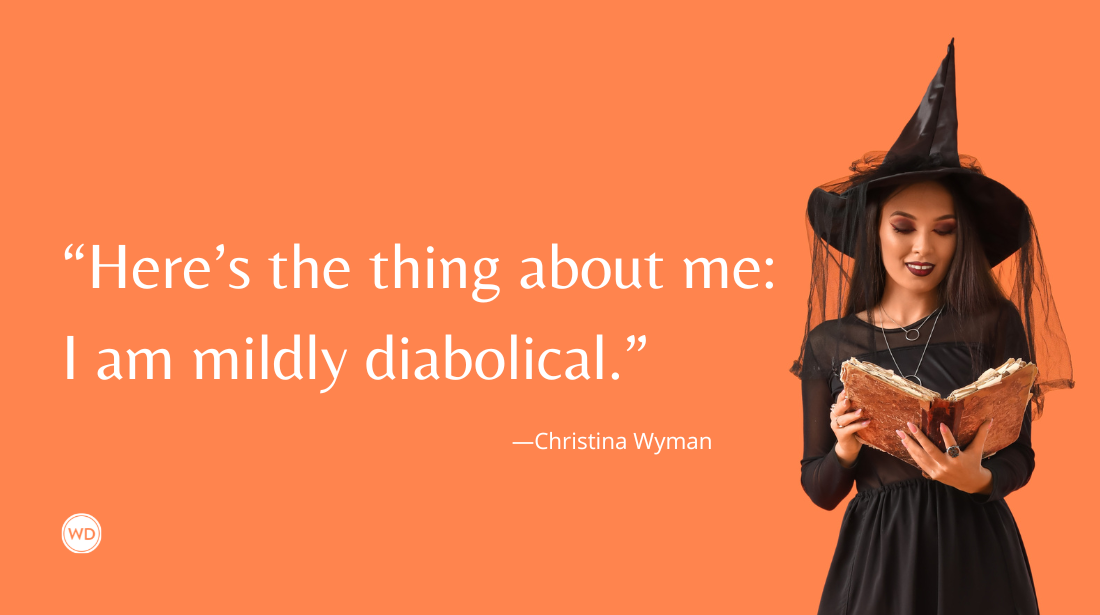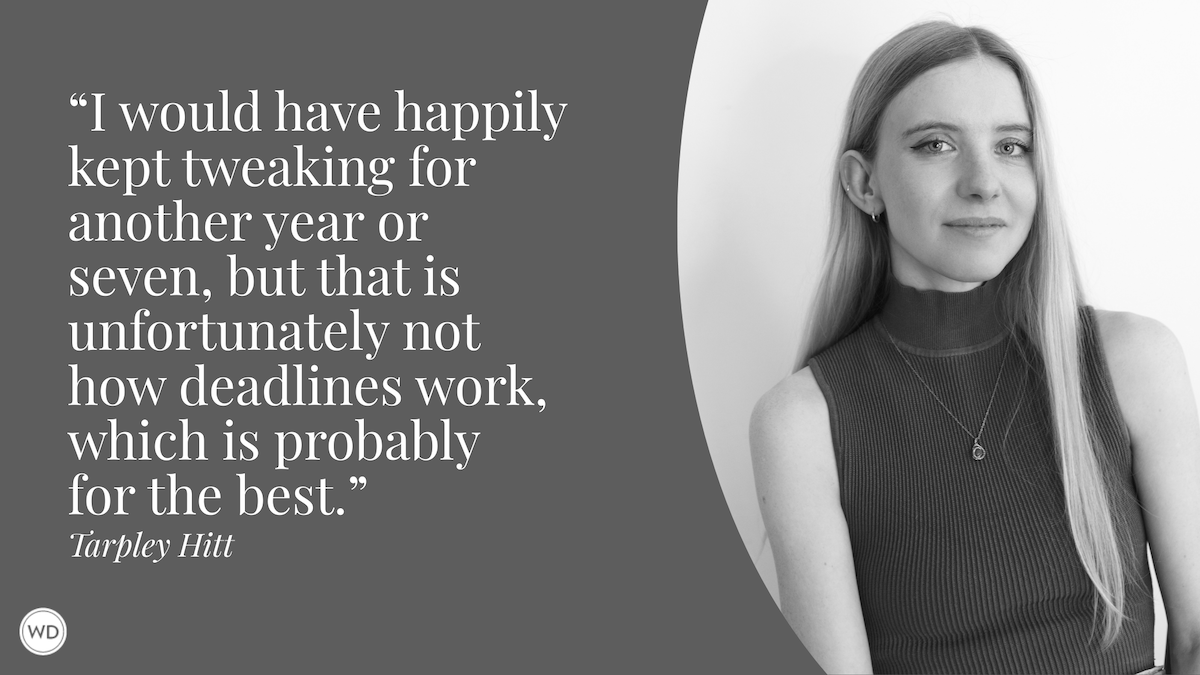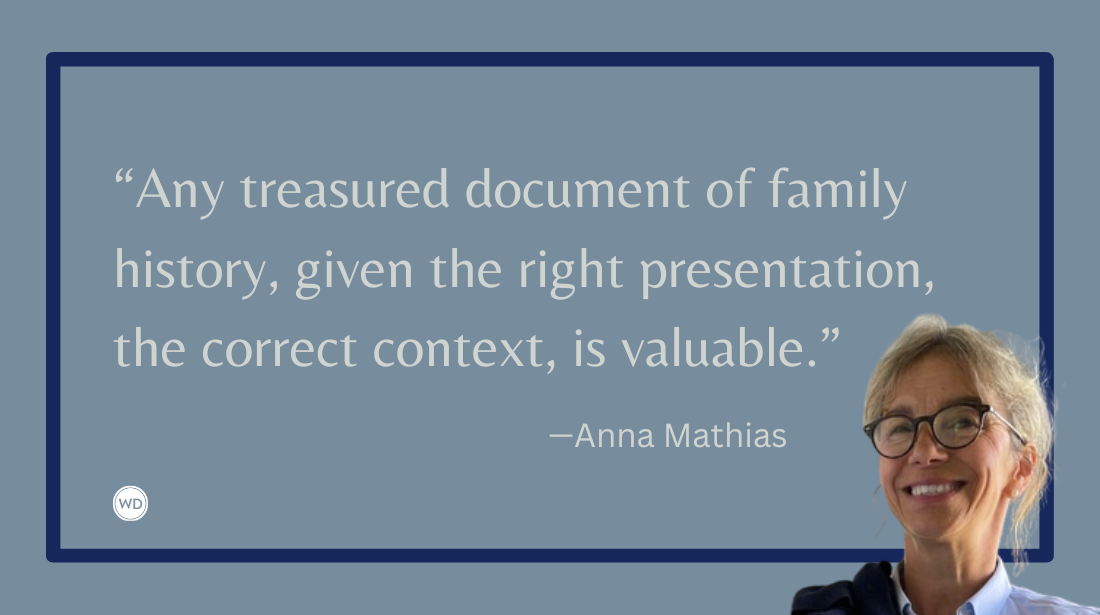Writing Around the Phases of the Moon
Author Jenna Tico outlines how she began organizing her memoir around the phases of the moon.
As I sit down to write, burning through my typical one-hundred-reasons-not to, I am struck by the energy of the coffee shop around me. It’s 2 p.m. on a Monday. The woman next to me looks normal enough, but there’s a flare of something wild in her eyes, like she hasn’t blinked in a while. The man behind the counter, ruddy from the August heat, smiles just a little too big at the next customer. Someone is jumping from foot to foot as they wait for the toilet. Someone else has begun laughing maniacally; at something on their phone, presumably, but also perhaps at nothing at all.
It’s a full moon, and we’re all a little unhinged.
I wasn’t always attuned to the workings of the moon, beyond a passive appreciation for beauty. Plus, once a month, it felt great to be able to open my front door in the dark without the use of a flashlight. Looking back, it’s funny how few of us read into the moon as an active force in our lives; we see what happens to the tides during a new and full moon, note the drastic changes, and yet utterly disregard that we—who are made of 70% water—might experience a similar tug and pull.
Typically human, blinders on, I-am-an-island-and-so-is-my-mood behavior? Maybe. But unlike our ancestors, many of whom kept a tight eye on the moon out of agrarian necessity, we’ve been able to lose track of planetary motions. Perhaps it’s because late stage capitalism has taught us to override our cycles, to power through at all costs, and buy whatever superfood will give us more stamina in the mornings? Or perhaps we are overidentified with having high energy. And even energy has its limitations.
When I first began assembling the pieces of my book, Cancer Moon, I was focused mostly on the astrological implication. My natal moon is in the sign of Cancer the crab, which gives me a tendency toward, how shall we say, a bit of moodiness? (Flash to the scene in Inside Out where the character of Sadness is being dragged by her toe through stacks of stored memories, sobbing, but kind of enjoys it. That was me in my 20s, only with worse fashion sense, and occasional acne.) Since Cancer Moon tracks the wider arc of my 20s, it felt appropriate to name it after what felt like a unifying theme: Having big feelings, being told I was “too much,” and then cry-laughing to the Garden State soundtrack. And kind of enjoying it.
As I began sorting through pieces of the book, and writing the ones that still needed to be put to page, something else emerged. Not only did my 20s feel chaotic, my trajectory of growth was also decidedly nonlinear. The more I sat with it, and the more I wrote, the more it became clear that this nonlinear flow was actually a core theme of the project: straying from chronology, and leaning into chaos. However, the sections still needed structure.
So, I turned to the moon.
Becoming a parent forced me to.
In the early days of motherhood, I spent what felt like countless nights awake with a tiny, loud newborn—bouncing him at all hours, each one bleeding into the next, with only the moon indicating that time had passed—and on one such occasion, musing on my book, the answer came to me. I decided to structure Cancer Moon, my tribute to the decade of my 20s, around the cycles of the moon.
In the journey from waning to new, waxing to full, the primary shift is in the amount of light visible; however, the fullness of the moon always exists. Waiting. Biding her time. I spent many of those sleepless nights reflecting on the journey that got me to parenthood, and to the acceptance of myself—in all my cycles—that I longed for as a young woman, and now want to offer to my own children.
When my inner state felt especially despondent, I looked to the sky, and found more often than not, the moon mirrored that darkness. When I felt hopeful, and when my child seemed to more frequently confuse our 3 a.m. bedroom for Studio 54 in the 1970’s, I’d look outside; and sure enough, full moon city.
The moon is never asked to be brighter than she is, or forced to linger anywhere too long. It’s all a cycle. It will always begin again.
Today, I am only one moon cycle away from seeing my book enter into the world. In fact, my publication date falls on the decidedly-not-casual Full Harvest Supermoon Lunar Eclipse of 2024. Coincidence? Perhaps.
But learning about the moon’s cycles, and my own need to ebb and flow in my productivity (with or without superfoods), has enabled me to trust in the way I fit into the larger picture. Into the feral energy of the coffee shop. Into my child, who is also made of water, and into his monthly need to destroy my sock drawer in the middle of the night. Most of all, in myself: all my phases, faults, fixations, and big feelings.
Check out Jenna Tico's Cancer Moon here:
(WD uses affiliate links)
Jenna Tico survived the best years of her life by incessantly journaling, scribbling poetry, and distracting herself from her questionable choices with potato chips and excellent friendships. Jenna is a multi-disciplinary artist, group facilitator, and ninth-generation resident of Santa Barbara, CA. She graduated with honors from Scripps College, and spent the next 10 years working as a dance instructor, grant writer, and occasional, terrible waitress. She earned her counseling certification in 2016, and is passionate about creating spaces for the intersection of art and healing. She is the founder and host of Backbone Storytelling, a platform for true, body-centric stories told live. She lives in Santa Barbara with her family. Find out more about her at her website.









